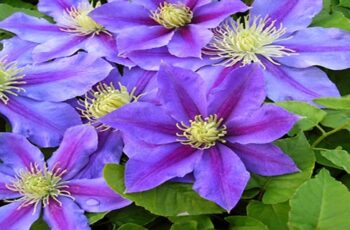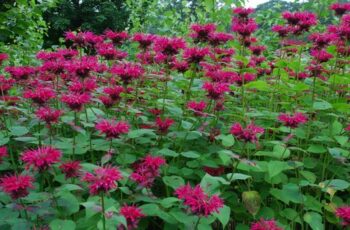Ad Blocker Detected
Our website is made possible by displaying online advertisements to our visitors. Please consider supporting us by disabling your ad blocker.
Growing your own sugar snap peas is a breeze and a great way to kick off your gardening season, as they thrive in cooler weather and can be planted early in the spring. Sugar snap peas are a popular snacking vegetable due to their sweet, crunchy flavor and plump outer skin.

Home gardeners often have trouble resisting the temptation to snack on them straight from the plant, making it crucial to get a good harvest. Sugar snap peas are not only delicious fresh, but also when grilled, stir-fried, or added to salads. Moreover, they are low in calories and rich in fiber, protein, and vitamins, making them a healthy addition to any meal.
The good news is that growing a bumper crop of sugar snap peas is easier than you might think. These plants require little soil nutrients and even improve soil quality as they grow. With their short seed-to-harvest time, you can plant multiple crops per season.
How To Plant Sugar Snap Peas
There are three main types of peas, with the most popular being the traditional green shelling pea. Also known as English peas, these require shelling to reveal the green peas inside. The other two types are the sweet snow pea, which is flat and great for fresh eating and stir-fries, and the sugar snap pea, which is the focus of this article.
However, it’s worth noting that both snow peas and sugar snap peas have similar growing requirements. Therefore, the information provided below can be used to produce a bountiful harvest of both types of peas.
Planting
When To Plant
The most critical requirement for successfully growing sugar snap peas is cool weather. Peas thrive in cool temperatures and should be planted in early spring or early fall. They can germinate in cool soil and air temperatures, typically around 40 to 45°, as soon as the soil is workable.
Pea plants can even tolerate some frost and should be planted in the ground two to three weeks before the last frost date in your area. This allows them to mature before the summer heat sets in, as consistent temperatures approaching the mid-80s can cause the plants to stop producing and begin to fade. However, you can plant peas again for a fall harvest.
In late summer, as fall approaches and temperatures begin to cool down again, you can plant peas once more. Despite warm soil, the plants still sprout well, and the cool temperatures of fall allow them to produce a big harvest that can last until the first hard frost or freeze.
How To Plant Peas
Sugar snap peas don’t need extremely fertile soil to thrive. As legumes, they aid in enhancing the soil they grow in by fixing nitrogen levels for the subsequent crop.
There are several excellent sugar snap pea varieties to cultivate, and we have listed some of our favorites below, along with our affiliated seed links. Whether you acquire your seeds from us or elsewhere, make sure to place your order or collect them early since spring crops are typically the first to sell out.
Sugar Snap Pea Seed Links:
Pea Seeds – Sugar Ann Variety (Snap Peas)
Pea Seeds (Organic) – Sugar Daddy
To achieve success with sugar snap peas, it is recommended to grow them in early spring, as they improve soil quality for other nitrogen-loving vegetables that will be planted in early summer.
Peas can be used as a green manure crop before the summer vegetables are planted. Sugar snap peas can be grown in a garden, raised bed, or container, but it’s essential to have some support or trellis in place for them to climb and sprawl to their full potential.
When planting, create a small furrow or hole in the soil, three-quarters to one inch deep. Space the seeds approximately one inch apart, and if planting in rows, keep them 18 to 24 inches apart to allow for easy harvesting

